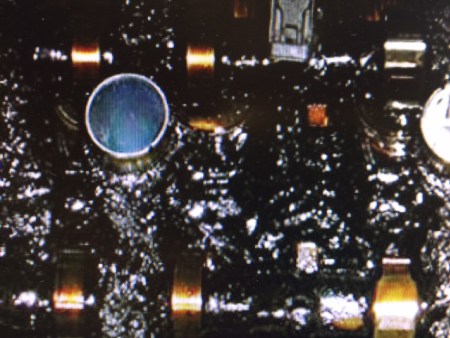Winter (Cold) flow wear factors in your engine Engineers agree that most engine wear occurs during cold starts. While the exact percentage depends on several factors and is difficult to define, the reasons include the following… A richer air/fuel mixture at startup washes oil from the cylinder walls Condensation forms inside the engine that causes […]
You are browsing archives for
Tag: conventional
Can I Use The Same Oil Filter Twice?
Oil Filter Questions Answered – Use an Oil Filter Twice? John Baker|Jun 14, 2019 2:00 PM In theory, your filter has a simple job: capture wear-causing contaminants and hold them in the filter media so they don’t run amok inside your engine. But lots of factors can throw a wrench into this plan, which can […]
How Engine Sludge Forms. And How To Prev...
How Engine Sludge Forms. And How To Prevent It. Ed Newman|Mar 08, 2017 2:10 PM Sludge. It’s a disgusting phenomenon. Even the word sounds gross, like the thing it’s describing. The word for this is onomatopoeia, a strange word that many of us learned in high school English class. Splash. Grunt. Whoosh. Swish. Hiss. Frumpy. […]
Exploring Causes of Motor Oil Consumptio...
Reasons and Causes Motor Oil Consumption? Ed Newman |Oct 14, 2016 9:37 AM Everyone who owns a vehicle knows you need to regularly check the oil level. (Note: If you do not know this, you’d better go check your oil. and Check your tires too!! A certain amount of oil loss is normal due […]


